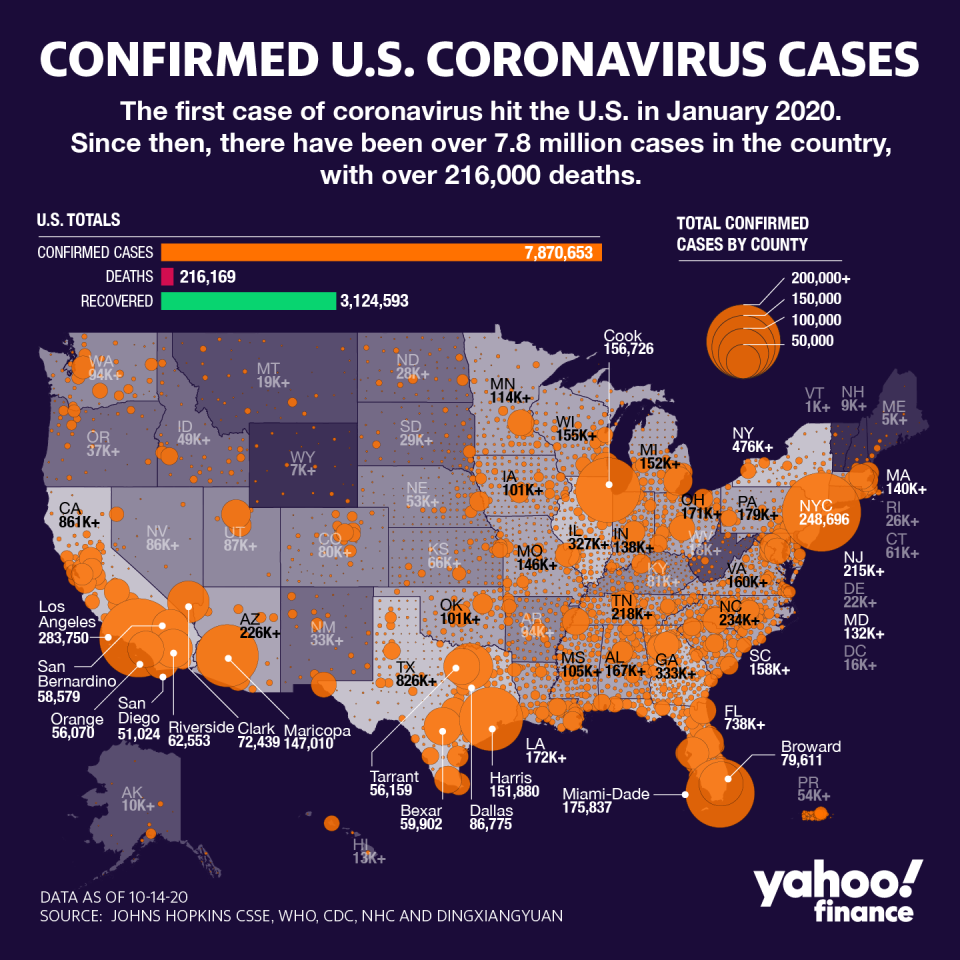School closures will cost students thousands in future earnings: Penn Wharton Budget Model
According to a new report from the Penn Wharton Budget Model (PWBM), there is a financial trade-off to school closures: thousands of dollars of lost earnings to children currently in primary and secondary school.
After the coronavirus pandemic hit the U.S. last spring, schools and universities were forced to close their doors amid rising cases of the virus. As the pandemic dragged on, so did the closures; many schools across the country still haven’t invited children back into the classroom.
By the beginning of October those closures have cost students between $43,000 and $57,000 in their future earnings, depending on their grade. That’s between 4% and 5% of their future estimated earnings. Younger students, the report says, lose more than their older classmates. And as schools stay closed around the country, the costs continue to accumulate.
For each month that schools continue to remain closed, students lose an additional $12,000 to $15,000 from their future earnings, the Penn Wharton model calculates. According to data from Education Week, 7 states, the District of Columbia, and Puerto Rico have state-ordered full or partial school closures; the remainder of states have not issued any order on closures, leaving the decision to local education and public health officials.
With roughly 56.4 million primary and secondary students in the United States the losses to future earnings are huge. Students from kindergarten through senior year of high school have already lost $2.8 trillion since schools closed in March. And if schools stay closed until the new year, another $2 trillion will be lost, PWBM estimates.
In that unlikely scenario, students would lose over $100,000 in future earnings. And if they stay closed through the 2020-2021 school year, children would lose nearly $200,000, taking off close to 15% of their projected future lifetime earnings.

‘Lower educational quality’
The losses stem from what PWBM describes as “lower educational quality” as schools scramble to switch to a virtual learning model.
“School closures and virtual schooling can be costly to students and parents in terms of reduced learning outcomes, mental health and emotional costs, increased incidence of substance abuse and physical abuse, time and productivity costs to parents and care-givers, and other negative effects,” the PWBM report noted.
“Most educators, parents, and researchers agree that children are getting a lower level of education online than in the classroom,” the Penn report said. “Most teachers are unfamiliar with how to conduct classes online, which further lowers education quality. In addition, many educators report that student engagement in distance schooling has been low, particularly for students from disadvantaged backgrounds, including low-income families, single-parent households, and already low-achieving students.”
Over time, PWBM asserts, the lowered quality of education impacts test scores and has “long term effects” on the rate at which students attend college and their lifetime earnings. Citing a recent study, PWBM notes that unless education quality improves substantially, students may not be able to catch up on lost learning when they get back into the classroom, meaning that learning losses will likely be permanent.

But opening schools also has an economic cost, tied to the rise in cases of coronavirus.
PWBM estimates that hospitalization, value of life, and productivity losses for each case of COVID-19 equals just over $38,000 by the fall of this year — dropping from approximately $330,000 in March. With the average cost (in future earnings) to students for school closures standing at $13,500, PWBM establishes a “threshold” of school closures: an incidence rate of 0.355 new community cases per month per student.
In other words, if the rate of infection climbs above that rate, the economic benefit of closing schools outweighs the benefit of staying open. But as time goes on, PWBM notes the school closure threshold will likely increase.
“It is likely that health outcomes from COVID infection will continue to improve as new treatments and vaccines become available,” the Penn Wharton researchers wrote. “These improvements will drive down the average cost of a COVID case and will, consequently, raise the threshold of the number of expected new infections at which schools should remain closed.”
Kristin Myers is a reporter at Yahoo Finance. Follow her on Twitter.
Read more:
JPMorgan pledges $30 billion to boost diversity, Black, Latino home ownership, banking
Racism has cost US economy $16 trillion in 20 years: Citi report
Loan company sued thousands of low-income Latinos during pandemic: report
Survey: Over 1/3 Black women say financial situation has worsened under Trump
Read the latest financial and business news from Yahoo Finance
Follow Yahoo Finance on Twitter, Facebook, Instagram, Flipboard, LinkedIn, YouTube, and reddit.

 Yahoo Finance
Yahoo Finance 
